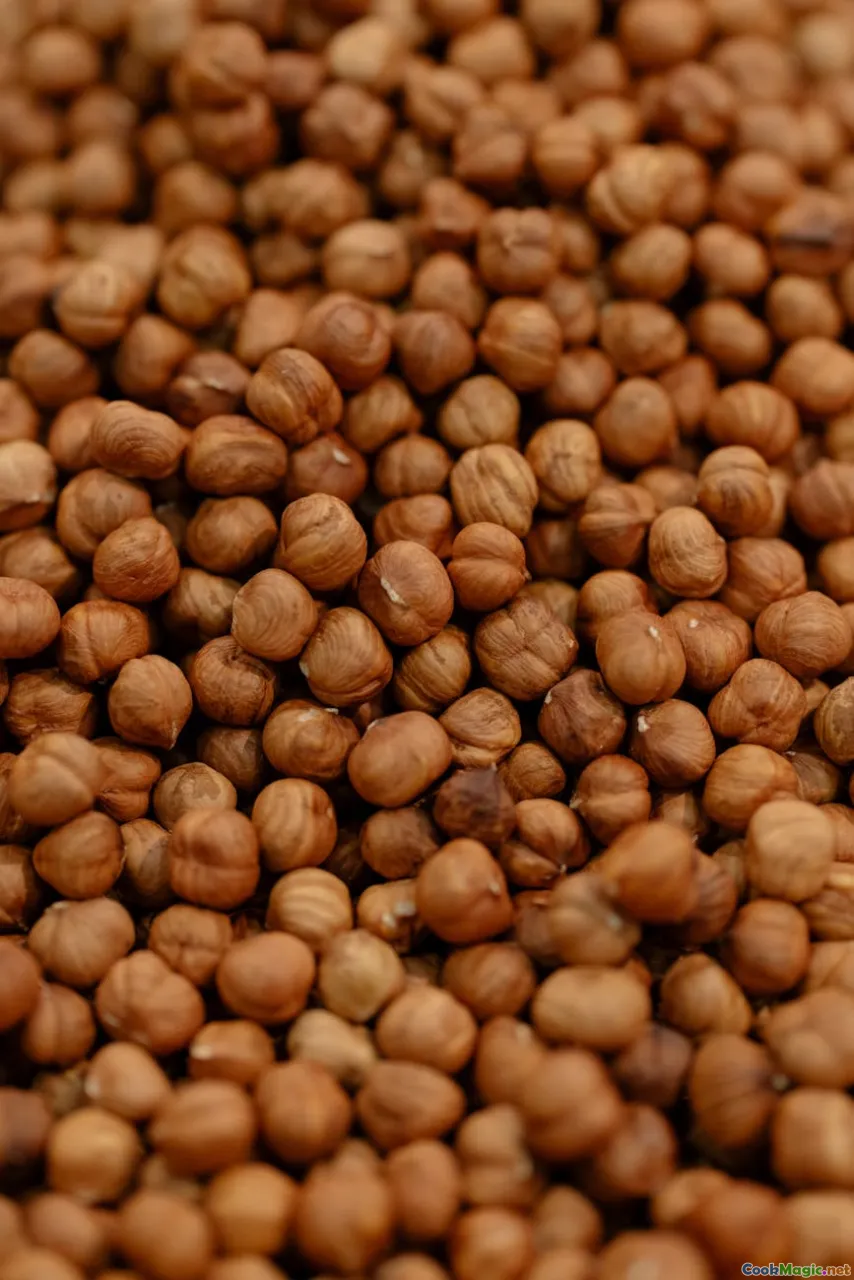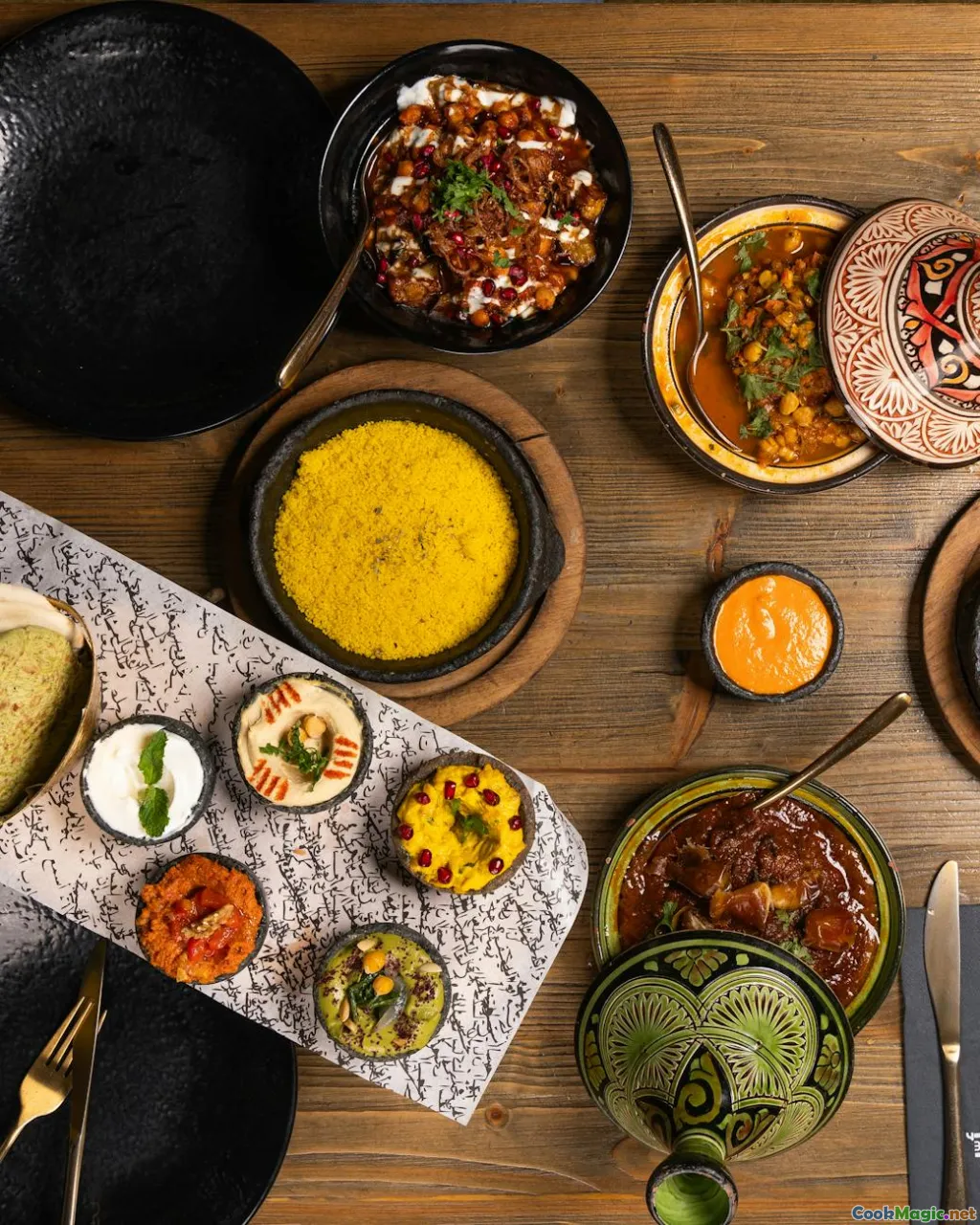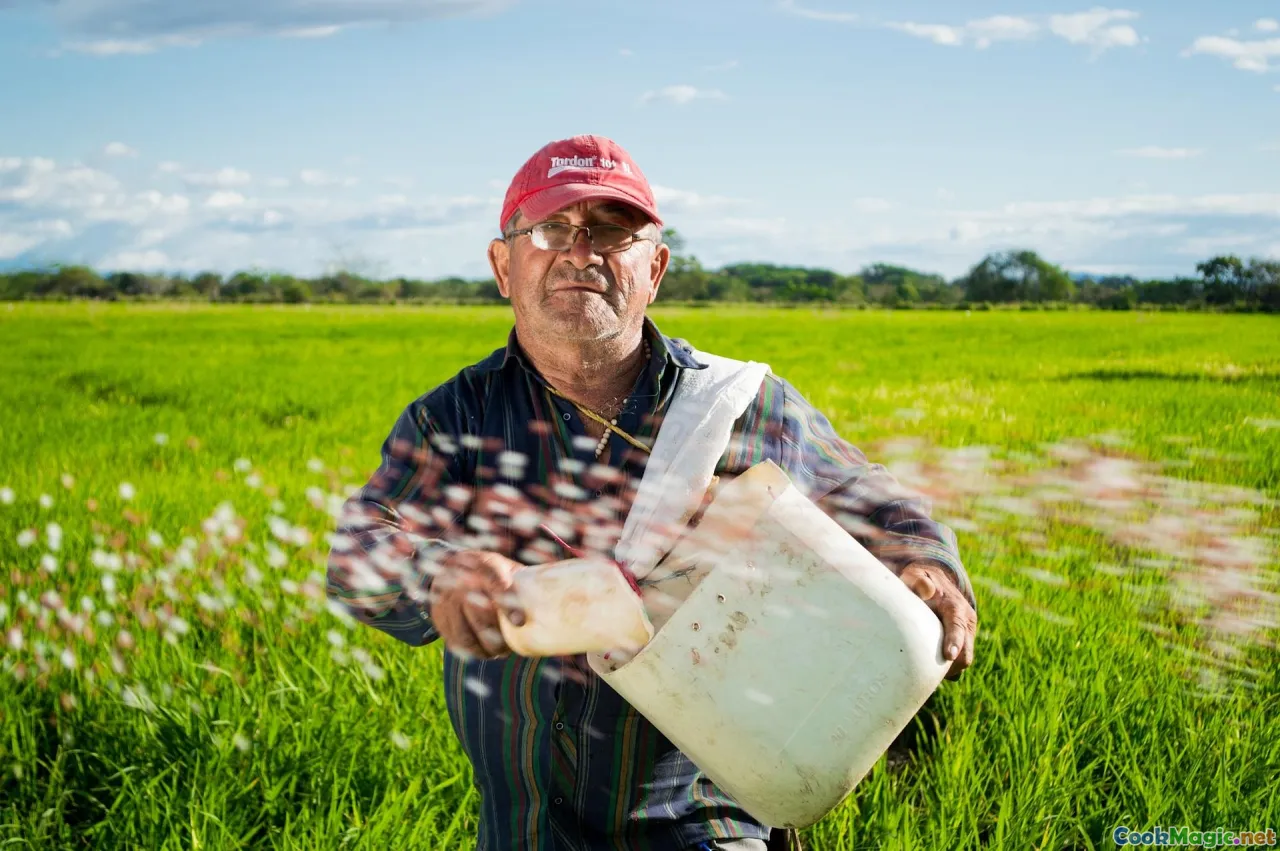Sourcing Heirloom Grains for Vegan Dishes
11 min read Discover how to source authentic heirloom grains to elevate your vegan dishes with flavor, nutrition, and sustainable sourcing practices. July 04, 2025 12:05
Sourcing Heirloom Grains for Vegan Dishes
Imagine walking through a bustling farmer's market at dawn, the air alive with earthy scents and vivid bursts of color—crimson beets, golden pumpkins, and rows of ancient grains shimmering in the morning light. There’s a quiet magic in these grains that traverse centuries, embodying stories of cultures, climates, and civilizations. As vegan cuisine continues its surge into mainstream culinary appreciation, heirloom grains have emerged as both a culinary treasure and a means to connect deeper with our food’s heritage.
In this exploration, we delve into the vital art of sourcing heirloom grains—how these age-old jewels can elevate plant-based dishes into multi-sensory experiences, and why choosing responsibly farmed, authentic grains isn’t just a culinary decision but a soulful act rooted in history and respect.
The Rich Tapestry of Heirloom Grains

Heirloom grains are seeds that have been passed down through generations, untouched by modern hybridization or industrial intervention. Think of them as living repositories of biodiversity and culinary history. Varieties like Emmer wheat, Black Emmer, Spelt, Farro, Anasazi beans, and millet possess unique textures, flavors, and nutritional profiles that distinguish them from their mass-produced cousins.
Take Freekeh, for example—a roasted green wheat with a smoky aroma and a chewy, satisfying bite. Or Job’s Tears, which resemble glossy pearls, offering a subtly sweet nuttiness that elevates salads and porridges. These grains aren’t merely ingredients; they’re portals to cultural identities—medieval Europe, ancient Middle East, indigenous North America—all united through grains.
Sourcing heirloom grains allows vegan chefs and home cooks alike to craft dishes with profound depth: a hearty quinoa salad seasoned with toasted Spelt for rustic earthiness, or a delicate millet porridge garnished with caramelized figs and crushed pistachios. It’s about bringing historic flavors back into modern plant-based cuisine, nourishing both body and soul.
How to Find Authentic Heirloom Grains

Locating genuine heirloom grains can be a rewarding pursuit. Here are some pathways to ensure authenticity and quality:
1. Farmers’ Markets and Community-Supported Agriculture (CSA)
Many small-scale farmers cultivating heirloom grains participate in local markets, especially in regions with rich agricultural traditions. Establish relationships with vendors who show certification of organic practices and heirloom seed origins. Ask about their cultivation methods and varieties—trusted growers will proudly share stories of their grains.
2. Specialty and Health Food Stores
Look for stores that prioritize organic, sustainable, and heritage products. Dedicated bulk sections often feature heirloom varieties, especially in urban centers with a vibrant health-food scene. Don’t hesitate to inquire with staff about the origins and stories behind their grains.
3. Directly from Indigenous and Heritage Seed Banks
Certain organizations, like Seed Savers Exchange or Native Seed/SEARCH, provide heirloom grains directly from indigenous strains rooted in specific regions. Purchasing through these channels often ensures authentic provenance, supporting conservation efforts.
4. Online Grains Purveyors
Reputable online marketplaces such as Rancho Gordo, Jovial, and The Herbalist offer a curated selection of heirloom grains, often accompanied by detailed background information. Read reviews and verify the farm’s sustainability practices.
Tips for Verification
- Seek grains labeled 'heirloom,' 'heritage,' or 'biodiverse.'
- Ask for organic certification.
- Inquire about seed sourcing and cultivation practices.
By making conscious choices, you preserve genetic diversity and support small-scale farmers committed to heirloom cultivation.
Incorporating Sourced Heirloom Grains into Vegan Creations

Once you’ve secured authentic grains, the real joy begins: crafting vibrant, nourishing, and memorable vegan dishes. Each grain offers a palette of textures and flavors—powdery, chewy, nutty, earthy—that can be combined with seasonal vegetables, herbs, and house-made sauces.
Tips for Cooking Heirloom Grains
- Rinsing: Most grains benefit from gentle rinsing to remove dust or debris.
- Soaking: Some heirloom grains, like farro and spelt, develop better texture and digestibility after soaking for several hours.
- Cooking liquid: Use aromatic broths, coconut milk, or infused water to add extra layers of flavor.
- Timing: Be mindful of individual grain cooking times; heirlooms can vary greatly.
Culinary Pairings and Recipes
- Wild Rice & Mushroom Risotto: Combine an heirloom wild rice mixture with sautéed wild mushrooms, garlic, and fresh thyme for a hearty, umami-rich vegan risotto.
- Spelt and Vegetable Stir-fry: Pan-fry cooked spelt grains with browned tofu, seasonal peppers, and a ginger-sesame sauce.
- Millet Stuffed Peppers: Fluff cooked millet with herbs and lemon zest, then stuff into roasted sweet peppers, topped with chopped herbs and a drizzle of tahini.
- Ancient Grain Salad: Mix cooked Emmer or Black Emmer with roasted beets, arugula, toasted walnuts, and a tangy citrus vinaigrette.
These dishes not only honor tradition but also showcase the versatility of heirloom grains, turning simple ingredients into sensory stories.
Unlocking the Cultural and Emotional Stories Behind Heirloom Grains

Heirloom grains embody much more than their physical presence—they are woven into cultural identities, ancestral rituals, and sustainability narratives. When sourcing grains thoughtfully, we step into a lineage of farmers and communities maintaining biodiversity and sovereignty.
For example, ancient Ethiopian teff—a cornerstone of injera—connects us to millennia-old culinary geography, fostering local economies and traditional fermentation techniques. Similarly, the Nok millet of West Africa tells stories of resilience amid climate change, surviving where commercial monocultures falter.
As vegan chefs and food lovers, understanding these stories imparts intention and reverence to our cooking, transforming each meal into a tribute to cultural resilience and ecological stewardship. It also serves as an act of activism—opposing industrial uniformity and supporting seed diversity.
Building a Sustainable Relationship with Heirloom Grains

Sourcing heirloom grains sustainably involves a conscious effort to choose integrity over convenience. Here are key principles:
- Support Local and Certified Organic Farmers: Prioritize community-grown grains that adhere to soil health and fair labor practices.
- Buy in Bulk: Reduce packaging waste and ensure freshness.
- Educate Yourself: Learn about the farmers and seed banks championing heirloom varieties.
- Grow Your Own: If possible, planting heirloom grains at home fosters a direct connection.
Embracing these practices nurtures the environment, sustains traditional agriculture, and enriches your culinary legacy.
Final Reflections: Grain as a Portal to Heritage and Heart

In our pursuit of delicious plant-based cuisine, heirloom grains offer more than nutrition—they are tangible links to the diverse tapestries of human history and ecological integrity. By sourcing with intention, understanding their cultural roots, and cooking with love, we elevate vegan dishes from mere sustenance to soulful celebration.
Each scoop of ancient grain tells a story—from the sun-baked plains of pre-Columbian Mexico with tepary beans, to the rolling hills of Italy with historic Einkorn wheat—inviting us to taste the echoes of human resilience, adaptation, and artistry. As you explore these grains, may your culinary journey be filled with curiosity, respect, and a profound appreciation for the legacy embedded in every kernel.
Let us remember: Every meal made with mindful sourcing and cultural awareness is a step toward a more nourishing, diverse, and sustainable food future.









